Spellbound (1945 film)
7.8 /10 1 Votes
Country United States | 7.8/10 IMDb Genre Film-Noir, Mystery, Romance Duration Language English | |||||||||||||||||||||||||||||||||
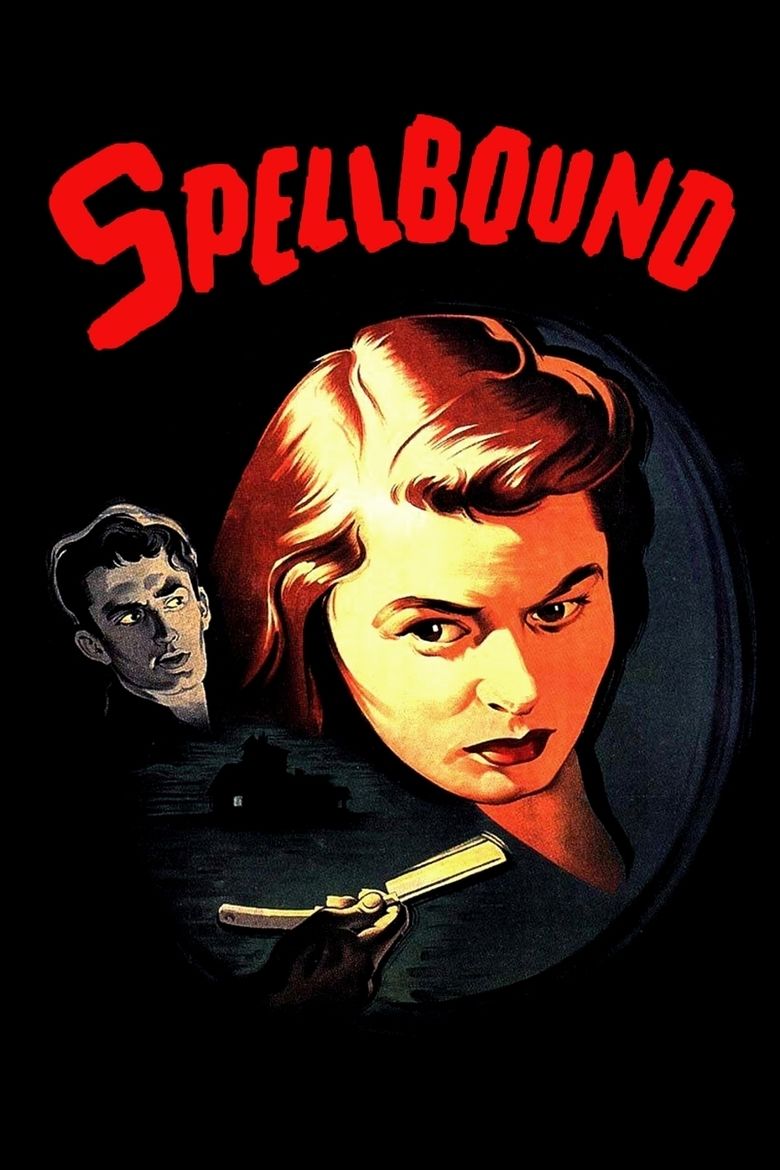 | ||||||||||||||||||||||||||||||||||
Release date December 28, 1945 (1945-12-28) (US) Writer Ben Hecht (screen play), Frances Beeding (suggested by novel: "The House of Dr. Edwardes"), Angus MacPhail (adaptation) Awards Academy Award for Best Original Music Score Cast (Dr. Constance Petersen), (John Ballantine), (Dr. Alexander Brulov), (Mary Carmichael), (Dr. Murchison), (Dr. Fleurot) Similar movies Mad Max: Fury Road , Jurassic World , John Wick , Furious 7 , Blackhat , Taken 3 Tagline The maddest love that ever possessed a woman. | ||||||||||||||||||||||||||||||||||
Spellbound official trailer 1 gregory peck movie 1945 hd
When Dr. Anthony Edwardes (Gregory Peck) arrives at a Vermont mental hospital to replace the outgoing hospital director, Dr. Constance Peterson (Ingrid Bergman), a psychoanalyst, discovers Edwardes is actually an impostor. The man confesses that the real Dr. Edwardes is dead and fears he may have killed him, but cannot recall anything. Dr. Peterson, however is convinced his impostor is innocent of the mans murder, and joins him on a quest to unravel his amnesia through psychoanalysis.
Contents
- Spellbound official trailer 1 gregory peck movie 1945 hd
- Plot
- Cast
- Cameo
- Taglines
- Production
- BergmanPeck relationship
- Music
- Reception
- Adaptations
- References
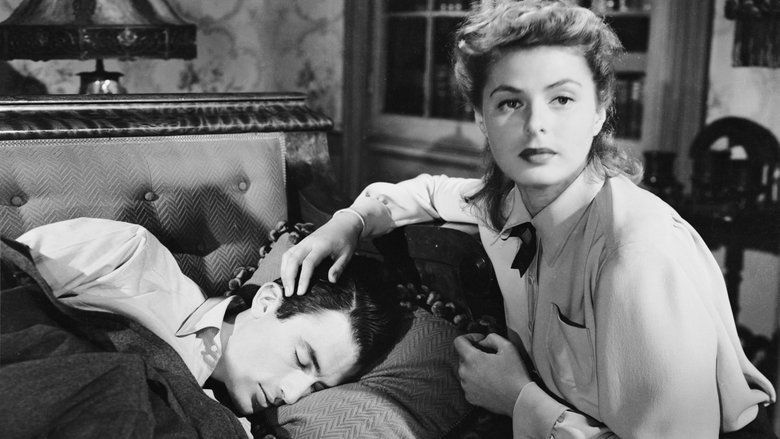
Spellbound is a 1945 American psychological mystery thriller film directed by Alfred Hitchcock. It tells the story of the new head of a mental asylum who turns out not to be what he claims. The film stars Ingrid Bergman, Gregory Peck, Michael Chekhov and Leo G. Carroll. It is an adaptation by Angus MacPhail and Ben Hecht of the novel The House of Dr. Edwardes (1927) by Hilary Saint George Saunders and John Palmer (writing as "Francis Beeding").
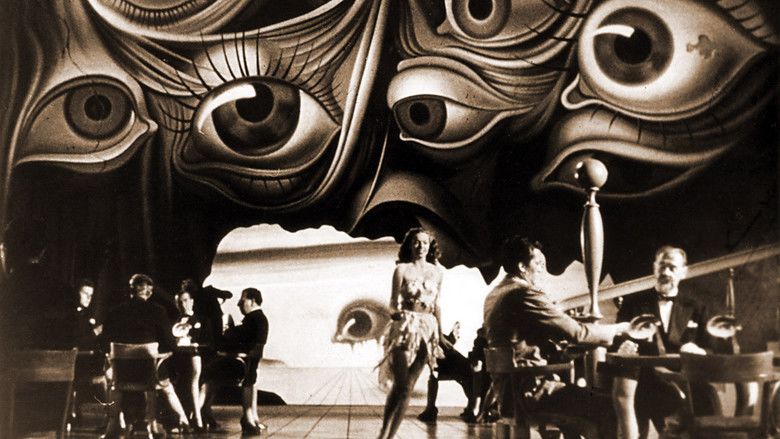
When Dr. Anthony Edwardes arrives at a Vermont mental hospital to replace the outgoing hospital director, Dr. Constance Peterson, a psychoanalyst, discovers Edwardes is actually an impostor. The man confesses that the real Dr. Edwardes is dead and fears he may have killed him, but cannot recall anything. Dr. Peterson, however is convinced his impostor is innocent of the man's murder, and joins him on a quest to unravel his amnesia through psychoanalysis.
Plot
The Fault... is Not in Our Stars,
But in Ourselves...
The film opens with Shakespeares proverb, and words on the screen announcing that its purpose is to highlight the virtues of psychoanalysis in banishing mental illness and restoring reason.
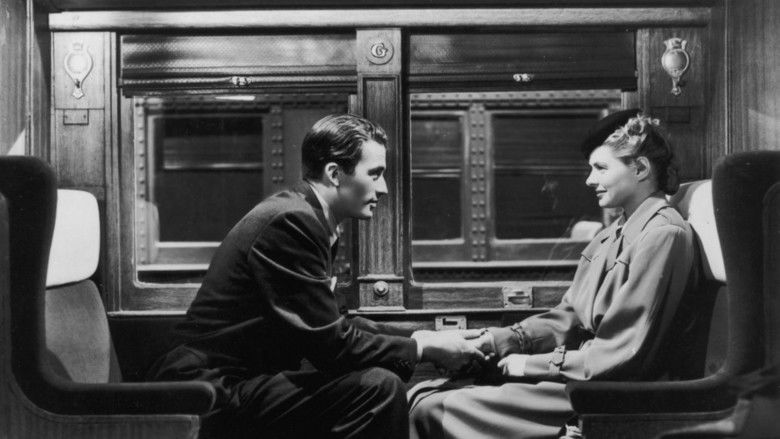
Dr. Constance Petersen (Ingrid Bergman) is a psychoanalyst at Green Manors, a mental hospital in Vermont, and is perceived by the other (male) doctors as detached and emotionless. The director of the hospital, Dr. Murchison (Leo G. Carroll), is being forced into retirement, shortly after returning from an absence due to nervous exhaustion. His replacement is the much younger Dr. Anthony Edwardes (Gregory Peck).
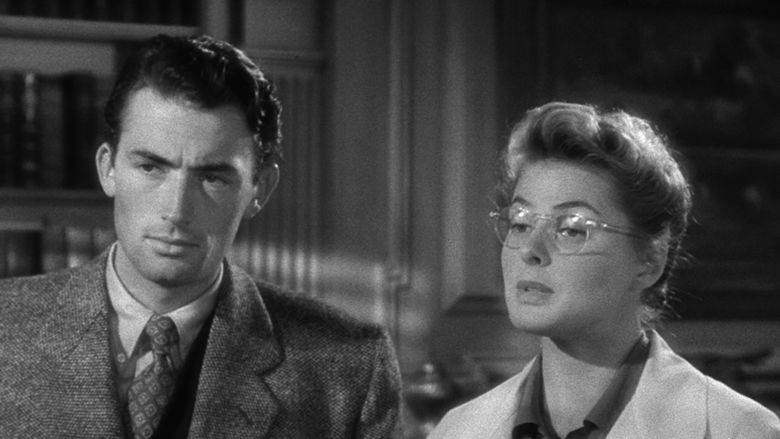
Dr. Petersen notices that there is something strange about Dr. Edwardes. He has a peculiar phobia about seeing sets of parallel lines against a white background, first displayed after seeing a diagram drawn with the tines of a fork on a tablecloth. Dr. Petersen soon realizes, by comparing handwriting, that this man is an impostor and not the real Dr. Edwardes. He confides to her that he killed Dr. Edwardes and took his place. He suffers from massive amnesia and does not know who he is. Dr. Petersen believes that he is innocent and suffering from a guilt complex.
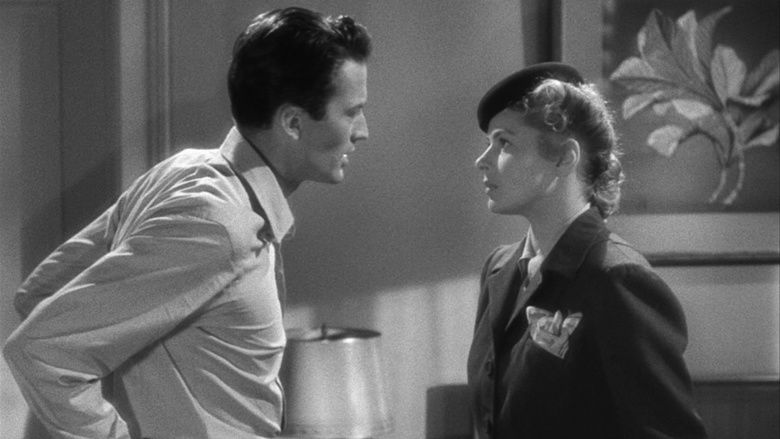
Dr. Edwardes disappears during the night, having left a note for Dr. Petersen saying that he is going to the Empire State Hotel in New York City. It becomes public knowledge that Dr. Edwardes is an impostor, and that the real Dr. Edwardes is missing and may have been murdered.
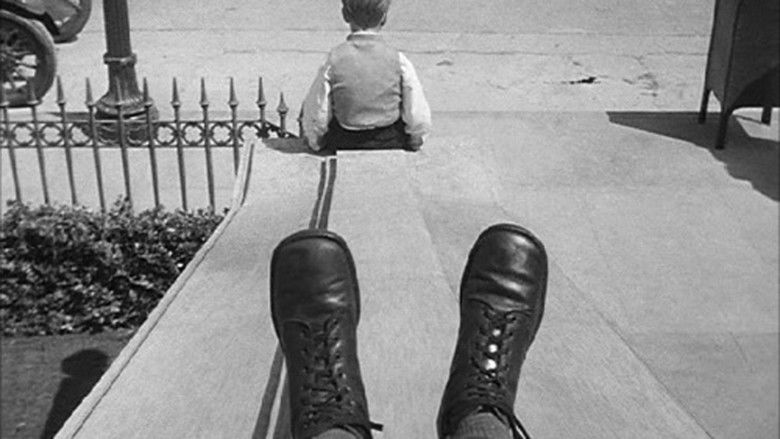
Dr. Petersen goes to the Empire State Hotel, knowing that the police are in pursuit. She uses her psychoanalytic skills to unlock his amnesia and find out what had really happened. Pursued by the police, Dr. Petersen and the impostor (who now calls himself John Brown) travel by train to Rochester to meet Dr. Brulov (Michael Chekhov), who is Dr. Petersens mentor and former teacher.

The two doctors analyze a dream that John Brown had. The dream sequence (designed by Salvador Dali) is full of psychoanalytic symbols—eyes, curtains, scissors, playing cards (some of them blank), a man with no face, a man falling off a building, a man hiding behind a chimney and dropping a wheel, and wings. They deduce that Brown and Edwardes had been on a ski trip together (the lines in white being ski tracks) and that Edwardes had somehow died there. Dr. Petersen and Brown go to the Gabriel Valley ski resort (the wings provide a clue) to reenact the event and unlock his repressed memories.
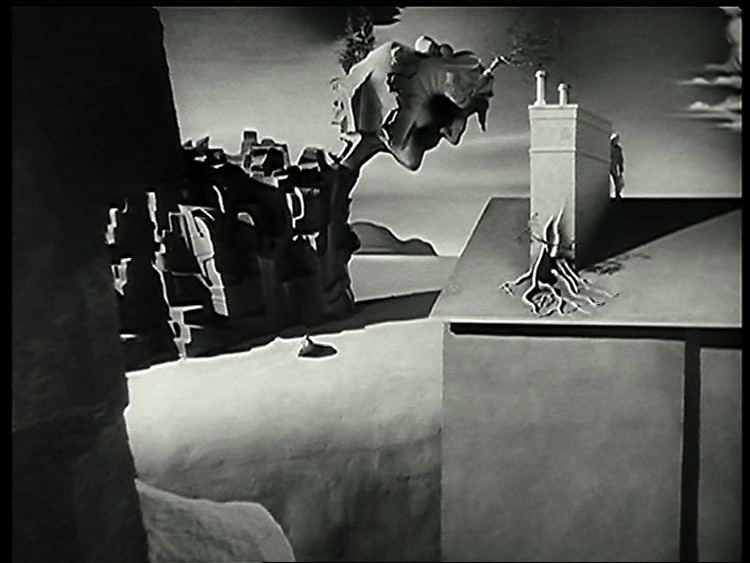
Near the bottom of the hill, Browns memory suddenly returns. He recalls that there is a precipice in front of them, over which Edwardes had fallen to his death. He stops them just in time. He also remembers a traumatic event from his childhood—he slid down a hand rail and accidentally knocked his brother onto sharp pointed railings, killing him. This incident had caused him to develop amnesia and a generalized guilt complex. He also remembers that his real name is John Ballantyne. All is understood now, and Ballantyne is about to be exonerated, when it is discovered that Edwardes had a bullet in his body. Ballantyne is convicted of murder and sent to prison.

A heartbroken Dr. Petersen returns to her position at the hospital, where Dr. Murchison is once again the director. During a casual conversation with her, he lets slip that he had known Dr. Edwardes slightly, contradicting his earlier claims. Now suspicious, Dr. Petersen reconsiders her notes from the dream and realizes that the wheel was a revolver and that the man hiding behind the chimney and dropping the wheel was Dr. Murchison hiding behind a tree, shooting Dr. Edwardes, and dropping the gun. She confronts Murchison with this and he confesses, but says that he didnt drop the gun; he still has it. He pulls it out of his desk and threatens to shoot her. She walks away, the gun still pointed at her, explaining that while the first murder was committed under the extenuating circumstances of Dr. Murchisons fragile mental state, her murder would certainly lead him to the electric chair. He allows her to leave, then turns the gun on himself. Dr. Petersen is then reunited with Ballantyne.
Cast
Cameo
Hitchcocks cameo appearance is a signature occurrence in almost all of his films. In Spellbound, he can be seen coming out of an elevator at the Empire State Hotel, carrying a violin case and smoking a cigarette, about 0:43:15 minutes into the film. The trailer for Spellbounds original theatrical release in America made a great deal of fuss over this cameo, showing the footage twice and even freeze-framing Hitchcocks brief appearance while a breathless narrator informs us that this ordinary-looking man is the films director.
Taglines
Production
Spellbound caused major contention between Alfred Hitchcock and producer David O. Selznick. Hitchcocks contract with Selznick began in March 1939, but only resulted in three films: Rebecca (1940) and The Paradine Case (1947) being the other two. (Notorious was sold to RKO in mid-production.) Selznick wanted Hitchcock to make a movie based upon Selznicks own positive experience with psychoanalysis. Selznick even brought in his therapist, May Romm M.D., who was credited in the film as a technical adviser. Dr. Romm and Hitchcock clashed frequently.
Further contention was caused by the hiring of surrealist artist Salvador Dali to conceive certain scenes in the films key dream sequence. However, the sequence conceived and designed by Dali and Hitchcock, once translated to film, proved to be too lengthy and too complicated, so the vast majority of what was filmed was cut from the film during editing. About two minutes of the dream sequence appear in the final film, but Ingrid Bergman said that the sequence had been almost 20 minutes long before it was cut by Selznick.
The cut footage apparently no longer exists, although some production stills have survived in the Selznick archives. Eventually Selznick hired William Cameron Menzies, who had worked on Gone With the Wind, to oversee the set designs and to direct the sequence. Hitchcock himself had very little to do with its actual filming.
Spellbound was filmed in black and white, except for two frames of bright red at the conclusion, when a gun is fired into the camera. This red detail was deleted in most 16mm and video formats, but was restored for the films DVD release and airings on Turner Classic Movies.
Bergman/Peck relationship
Ingrid Bergman and Gregory Peck were both married to others at the time of production — Bergman to Petter Aron Lindstrom and Peck to Greta Kukkonen— but they had a brief, private affair during filming. Their secret relationship became public knowledge when Peck confessed to Brad Darrach of People in an interview five years after Bergmans death: "All I can say is that I had a real love for her (Bergman), and I think that’s where I ought to stop…. I was young. She was young. We were involved for weeks in close and intense work."
Music
The film features an orchestral score by Miklos Rozsa notable for its pioneering use of the theremin, performed by Dr. Samuel Hoffmann. Selznick originally wanted Bernard Herrmann, but when Herrmann became unavailable, Rozsa was hired; he won the Academy Award for his score. Although Rozsa considered Spellbound to contain some of his best work, he said "Alfred Hitchcock didnt like the music — said it got in the way of his direction. I never saw him since." During films protracted post-production, considerable disagreement arose about the music, exacerbated by a lack of communication between producer, director, and composer. Rozsa scored another film, The Lost Weekend, before Spellbound was released, and he again used the theremin in that score. This led to allegations that he had recycled music from Selznicks film in the Paramount production. Meanwhile, Selznicks assistant tampered with the Spellbound scoring by replacing some of Rozsas material with earlier music by Franz Waxman and Roy Webb.
Rozsas score inspired Jerry Goldsmith to become a film composer.
Intrada Records released a re-recording by the Slovak Radio Symphony Orchestra of the films complete score. The album also featured music not heard in the finished film.
Reception
After its release, it broke every record in London, in both famous theaters, Pavilion and Tivoli Strand, for a single day, week, month, holiday and Sundays.
It earned rentals of $4,975,000 in North America.
Spellbound won the Academy Award for Best Music, Scoring of a Dramatic or Comedy Picture, and was nominated for Best Actor in a Supporting Role (Michael Chekhov); Best Cinematography, Black-and-White; Best Director; Best Effects, Special Effects; and Best Picture. Ingrid Bergman and Gregory Peck did not receive Academy Award nominations for the film, although they were nominated the same year for their performances in The Bells of St. Marys and The Keys of the Kingdom, respectively. Bergman received the New York Film Critics Circle Award for Best Actress for the film in 1945.
Adaptations
On two occasions, Spellbound was adapted for the radio program Lux Radio Theater, each time starring Joseph Cotten: the first on March 8, 1948, the second on January 25, 1951.
References
Spellbound (1945 film) WikipediaSpellbound (1945 film) IMDb Spellbound (1945 film) themoviedb.org
